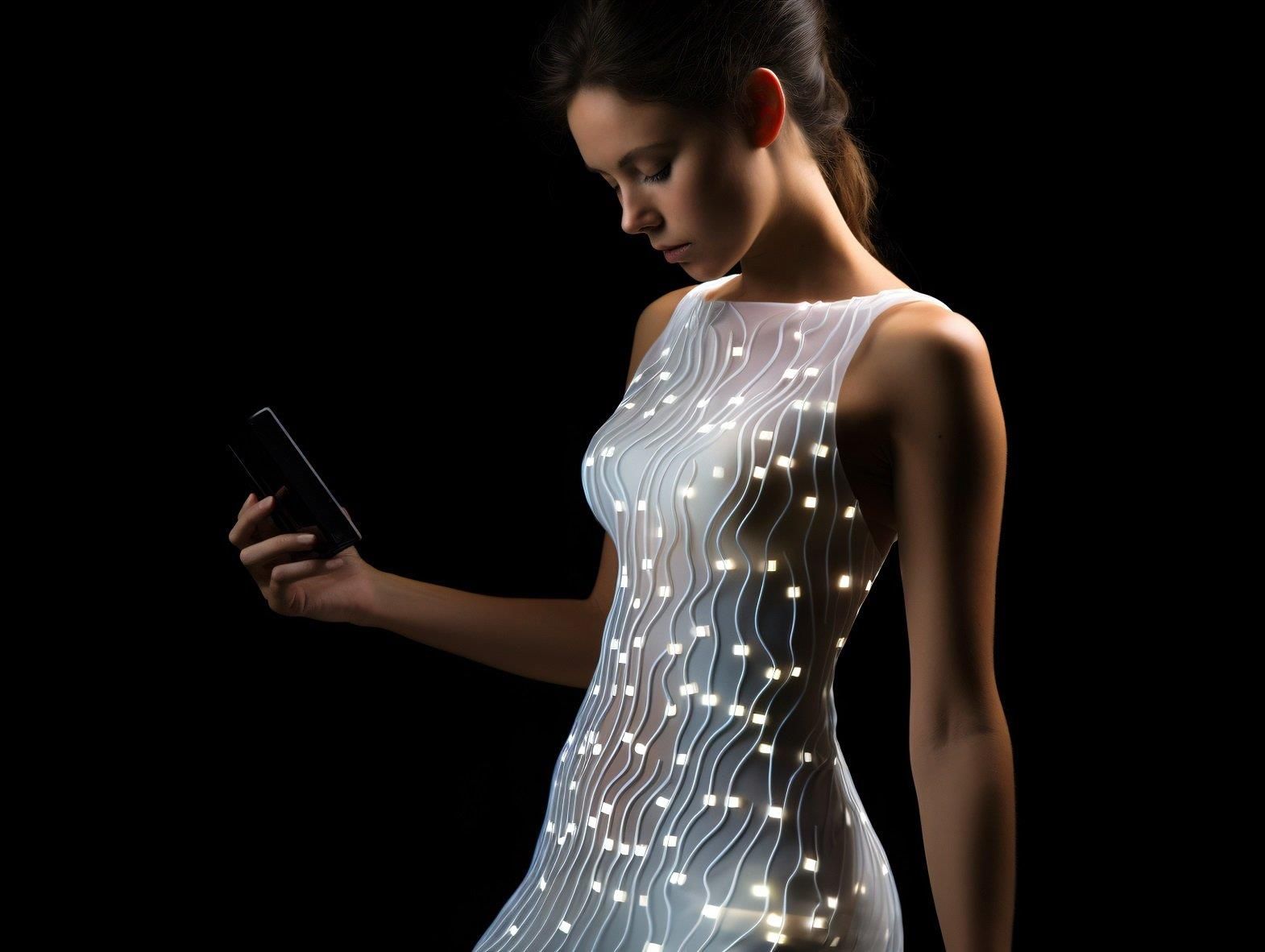For overa hundred years, Forster Rohner AG has stood for high-quality embroidery. Theyproduce embroideries for elite fashion houses, and range from ready-to-wear tohaute couture. With their new innovation of wearable technology by implementinglight into textiles, they are going to conquer new markets, reports
When Conrad Forster-Willi foundedhis embroidery company in 1904 under the name of Forster Willi & Co,embroidery was Switzerland's most important exports market. Although this segmentof the Swiss textiles industry has since undergone major transformations, thefascination for this unusually versatile product still remains, besides theinvaluable know-how that has been handed down from one generation of employeesto the next. The idea to implement light in fabrics is a result of both.
For further development, in 2009Forster Rohner established a separate department for innovation in the field oftechnical textiles. It is led by Jan Zimmermann, who is an expert ininterdisciplinary sciences, not in textiles. For three years, the company fromSt Gallen has sought a solution - how to integrate LEDs in textile surfaces,without having to give up the textile characteristics of them.
The idea of embroideringelectrical circuits with electrically conductive yarns was feasible. In thesecircuits, LEDs were incorporated in the form of sequins, which are decorativeeven when switched off. Also, the machinery had to be converted and newmachines developed, for example for the application of the LEDs. From lace torobust wovens or leather, nearly every fabric can be embroidered andilluminated. And everything can be washed several times too. Only the batteryhas to be taken off; all the other applications like the LEDs remain on thefabric.
The first illuminated product wasa corsage for the underwear brand Valisere. By choosing underwear, theydemonstrated how cuddly and comfortable the materials were. Even the placementof the battery was no longer a problem, thanks to ever-smaller battery andbattery solutions.
"Nevertheless, it is
clear," Zimmermann continues, "that as a power source, there is
currently no way around a battery. Other possibilities of the power supply, for
example through self-generated power in shoe soles, etc, are far from
realisation." The next product was a curtain, which could also serve as a
source for light, which Forster Rohner developed for interiors company Creation
Baumann. Since last year, when thanks to luminous LED sequins the evening wear
of the Swiss high fashion label Akris sparkled on the runways and US Company
Switch Embassy presented a T-shirt with a luminous lettering for a public
relations campaign, the interest in the new technology has been great.
"The technology inspired
many, and we are getting a lot of inquiries from different areas", said
Zimmermann. The possible application areas for the new lighting technology are
widely spread. The palette ranges from fashion, sportswear and interior
manufacturers to medical applications. "We have shown that the technology
is ready for the market. Now we are looking for suitable partners who want to
develop our product for mass production," says Zimmermann.
The next new idea in the field of wearable technology is to implement a heating system in clothing. Several companies have been experimenting with the idea, but a convincing solution is not yet in the market. "The biggest challenges are costs," Zimmermann says. "The market is price-sensitive, and no one is willing to cut margins or accept higher retail prices. But adding technology always means higher prices." Forster Rohner and German wearable technology specialist Interactive Wear are working on a new and more competitive solution to integrate a heating system in clothing. It will be presented this fall.







Comments